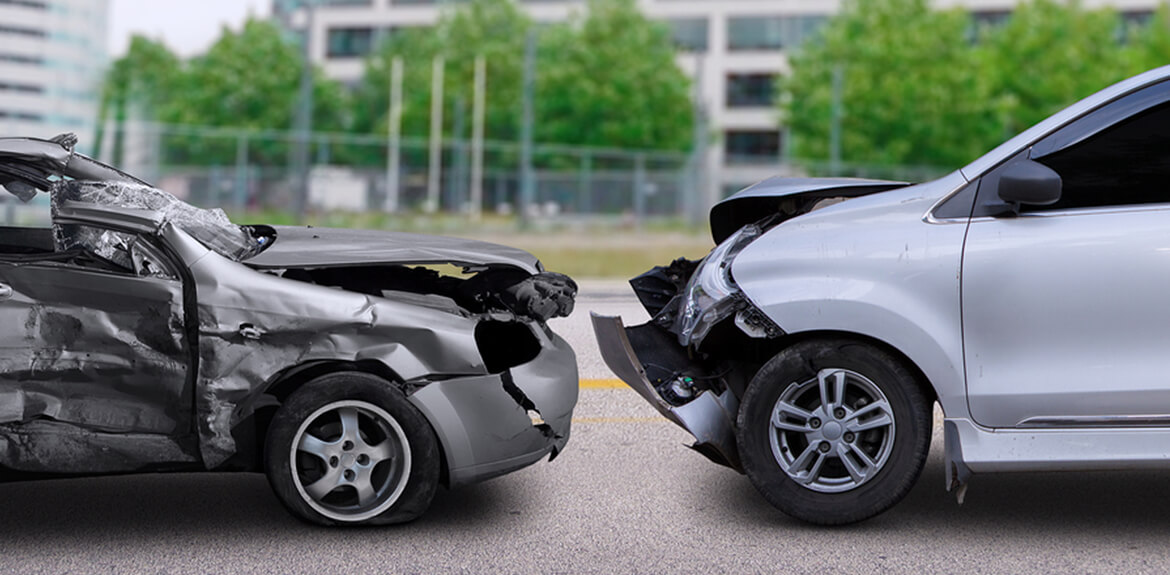For car owners searching for the right insurance policy, there’s a lot more to think about than price. Not only is it necessary to know what’s out there, but it’s equally important to make sure you get a policy that matches your needs, driving habits and the legal requirements of your state. Laws vary from state to state when it comes to exactly what kind of car insurance, and how much of it, you need. But in general, even taking state variations into account, most U.S. drivers can select from 5 types of car insurance coverage. Try to understand the ins and outs of each type and the state requirements for your geographic area before deciding what kind of insurance policy to buy.
You can shop car insurance quotes for liability only, but the minimum requirement in your state might not be enough if you have an accident.
Two common questions are “What types of car insurance are there?” and “What types of car insurance do I need?”
Here are the answers in a nutshell.
Types of Car Insurance Coverage
Here’s a look at the 5 types of vehicle insurance coverage:
1. Car Insurance Liability Coverage.
In most states, you can’t drive without liability coverage. Full tort is pricier, but it fully compensates for pain, suffering or death in a not-at-fault accident.
2. Car Insurance Collision Coverage.
This covers damage to your vehicle — even if you’re at fault — in a collision with another vehicle, a stationary object or the ground. It doesn’t cover damage to other vehicles or property, and there are limits.
3. Car Insurance Comprehensive Coverage.
This type covers damage resulting from theft, vandalism, fire, natural disaster or other circumstances that weren’t your fault. Many lenders require it until you pay off the car loan.
4. Car Insurance Medical Coverage.
Some states require a personal injury protection policy, or PIP, in case you or a passenger is injured in an accident that wasn’t your fault.
5. Uninsured/Underinsured Motorist.
Don’t overlook this one. One in 7 drivers don’t have the minimum coverage required by law. If you’re hit by an uninsured or underinsured driver, you foot the bills for your car repairs or personal injuries. Price shouldn’t be the only consideration when you shop for car insurance









